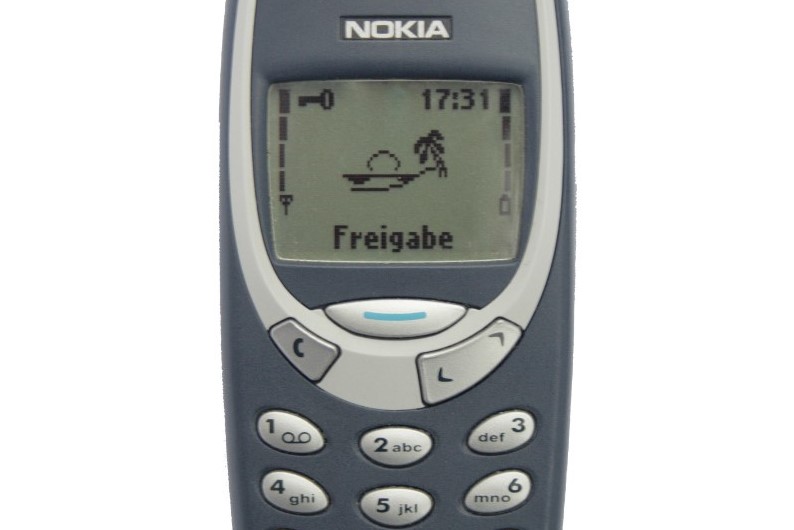So, my megaPhone project is underway! The first step in designing the phone is to get an idea of what it should do. This could range from just calls and texts to full smartphone functionality… In this case, I’ll be keeping the functionality fairly simple initially, but I’ll design the phone so extra software features can easily be added later.
Of course, the bare minimum functionality for a mobile phone is to make phone calls. My aim with this project though is to make a phone with similar functionality to that available in around the year 2000, but with modern components. This means I also need to add SMS messaging, and should consider adding features like a calculator too. Luckily for me, many of these extra little features don’t require any extra hardware: a calculator can be a separate ‘app’, various ringtone options can be stored in the microcontroller’s large memory, and so on.
For the megaPhone then, my hardware just needs to enable calls and texts and some form of user input. In keeping with the design of phone from around 1998 right up to today’s feature phones, the megaPhone will use a candybar form factor. This puts a keypad below a small screen. In the case of the megaPhone, I’ve decided to use a small colour LCD for the screen. The colour display is one of the modern touches that will distinguish the phone from true 2000’s phones. Of course, the use of a keypad rather than a QWERTY keyboard or touchscreen will mean that to send texts, the user will have to use the classic method of multiple button presses to pick the letters in their messages.
Another modern twist in the megaPhone will be the USB Type-C connector for charging. Many phones in the early noughties used barrel connectors for charging, with mini USB being used by some phones like the famous Motorola RAZR V3 later on. I want to make sure though that the user doesn’t have to buy a separate charger, and the reversible nature of Type-C makes it easier to use than mini or micro USB. Using Type-C in the megaPhone will also be good experience for me, so I can use it and its Power Delivery protocol in later projects.
The megaPhone’s body is the area where a high quality design is most important to make the megaPhone the really professional-looking product I hope it to be. I’d love to make the body out of machined aluminium, for its amazing looks and to grow my skills with CNC, but this would require an advanced antenna design to make sure the phone electronics could communicate with the outside world. Instead then, I’ll have to make the body from plastic. This will be 3D printed – for small numbers of units processes like injection moulding are prohibitively expensive, but if there’s sufficient interest in the project I may consider launching a Kickstarter campaign to make injection moulded bodies. 3D printing may be a method mostly associated with the maker community, but that doesn’t mean it can’t produce professional-looking results. I intend to fully utilise the design freedom that 3D printing gives me to design a really attractive and ergonomic body for the megaPhone.
One of the first components I need to choose for the electronics is the module I’ll be using to connect to the phone networks. I have decided to baseline the SIM5320E GSM module for this. This can use 2G and 3G frequencies, meaning I’ll be able to use the megaPhone in the UK, where 2G networks are being phased out. If I find a module that provides more useful functions, I may switch to it down the line, but for now the SIM5320E seems like a good starting point and offers similar functionality to the popular SIM808 module that is often used in hobbyist GSM breakouts.
At the moment then, I’ve chosen which microcontroller and GSM module I’ll be using in the project, and need to choose the rest of the important components like the buck converter that will take the 5V USB input and turn it into 3.3V for the phone electronics. I’ll be updating the blog with my progress as I go, so make sure to keep an eye on my megaPhone page and subscribe to my blog to keep up to date.

